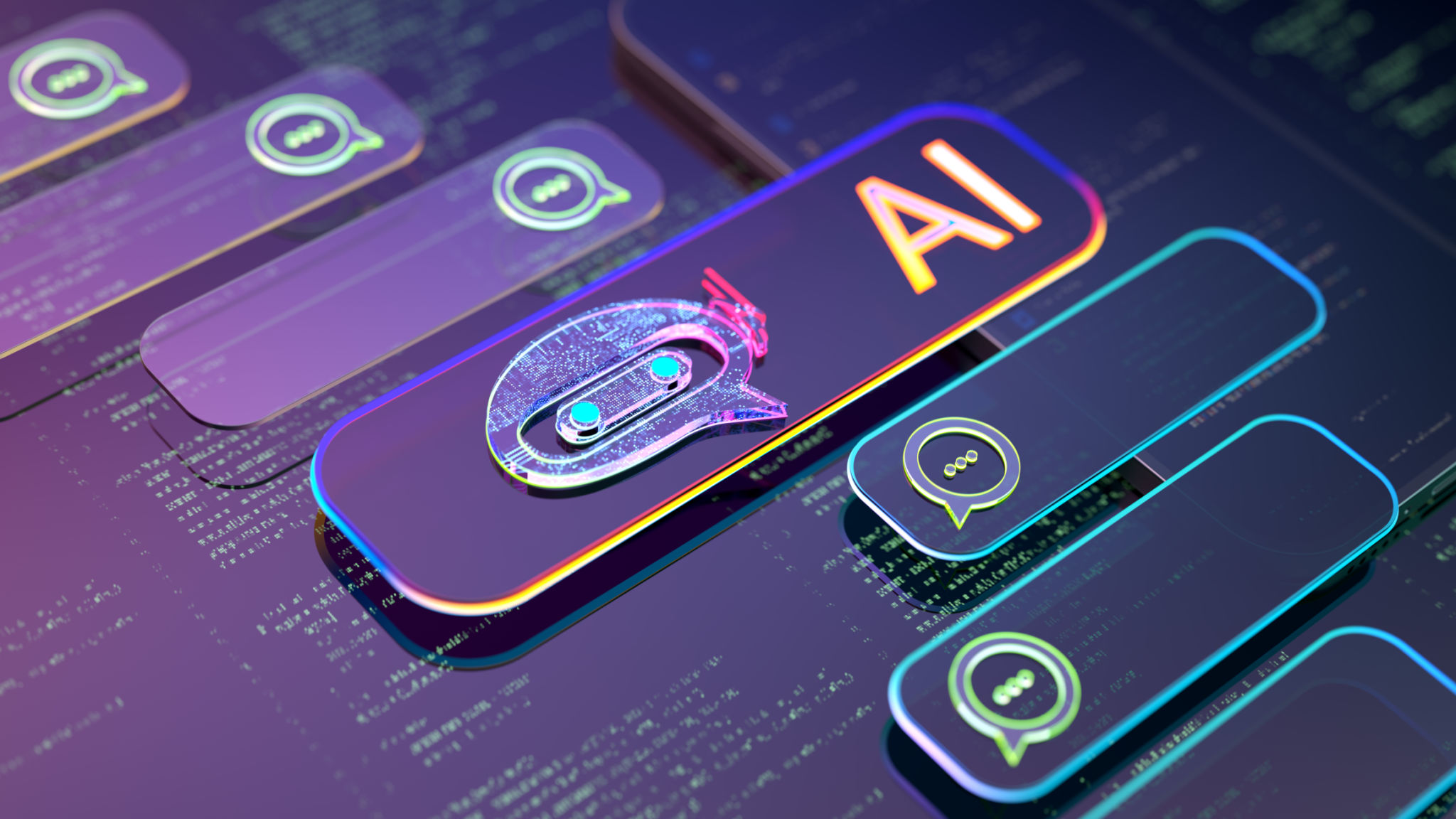How to Set Up Your AI Chatbot: A No-Code Approach
Introduction to No-Code AI Chatbots
In today's digital age, businesses are constantly looking for ways to enhance customer experience and streamline operations. One of the most effective tools for achieving these goals is the AI chatbot. However, the prospect of setting up a chatbot can be daunting, especially for those without coding experience. Fortunately, the rise of no-code platforms has made it easier than ever to implement AI chatbots without writing a single line of code.

Choosing the Right No-Code Platform
The first step in setting up your AI chatbot is selecting a no-code platform that meets your needs. There are numerous options available, each with its unique features and capabilities. When choosing a platform, consider factors such as ease of use, integration capabilities, and pricing. Popular platforms include Tars, Landbot, and Chatfuel, each offering intuitive interfaces and robust support.
Ease of Use
Look for platforms that offer drag-and-drop interfaces and pre-built templates. These features allow you to quickly design and deploy your chatbot without any technical expertise. A platform with a user-friendly interface will save you time and reduce frustration.
Integration Capabilities
Ensure that the platform you choose can seamlessly integrate with your existing systems and tools. Whether it's CRM software, email marketing tools, or social media platforms, integration is crucial for maintaining efficient workflows and enhancing the chatbot's functionality.

Designing Your Chatbot's Conversation Flow
Once you've chosen a platform, it's time to design your chatbot's conversation flow. This involves mapping out the possible interactions between your chatbot and users. Start by identifying common queries and tasks your customers might have, then create a logical flow that guides users towards their desired outcomes.
Creating Effective Dialogues
Your chatbot's effectiveness largely depends on how well it can engage users in conversation. Write clear and concise dialogues that address users' needs while maintaining a friendly and professional tone. Incorporate natural language processing (NLP) capabilities to ensure your chatbot can understand and respond to varied user inputs.
Testing and Iteration
After designing your conversation flow, thoroughly test your chatbot to identify any issues or gaps in the interaction process. Gather feedback from real users and make necessary adjustments to improve performance. Regularly updating and refining your chatbot will ensure it remains effective and relevant.

Deploying Your Chatbot
With your chatbot fully designed and tested, the next step is deployment. Depending on the platform you choose, you may have options to deploy your chatbot on various channels such as websites, social media, or messaging apps. Select the channels that align with your business goals and target audience for maximum impact.
Monitoring Performance
Post-deployment, it's crucial to monitor your chatbot's performance. Most no-code platforms provide analytics tools that offer insights into user interactions, response times, and satisfaction levels. Use this data to further optimize your chatbot's functionality and address any emerging issues promptly.
Conclusion
Setting up an AI chatbot no longer requires extensive technical knowledge thanks to no-code platforms. By carefully selecting a platform, designing an engaging conversation flow, and continuously optimizing performance, you can create a powerful tool that enhances customer engagement and boosts operational efficiency. Embrace the possibilities of AI chatbots today and watch your business thrive in the digital landscape.
